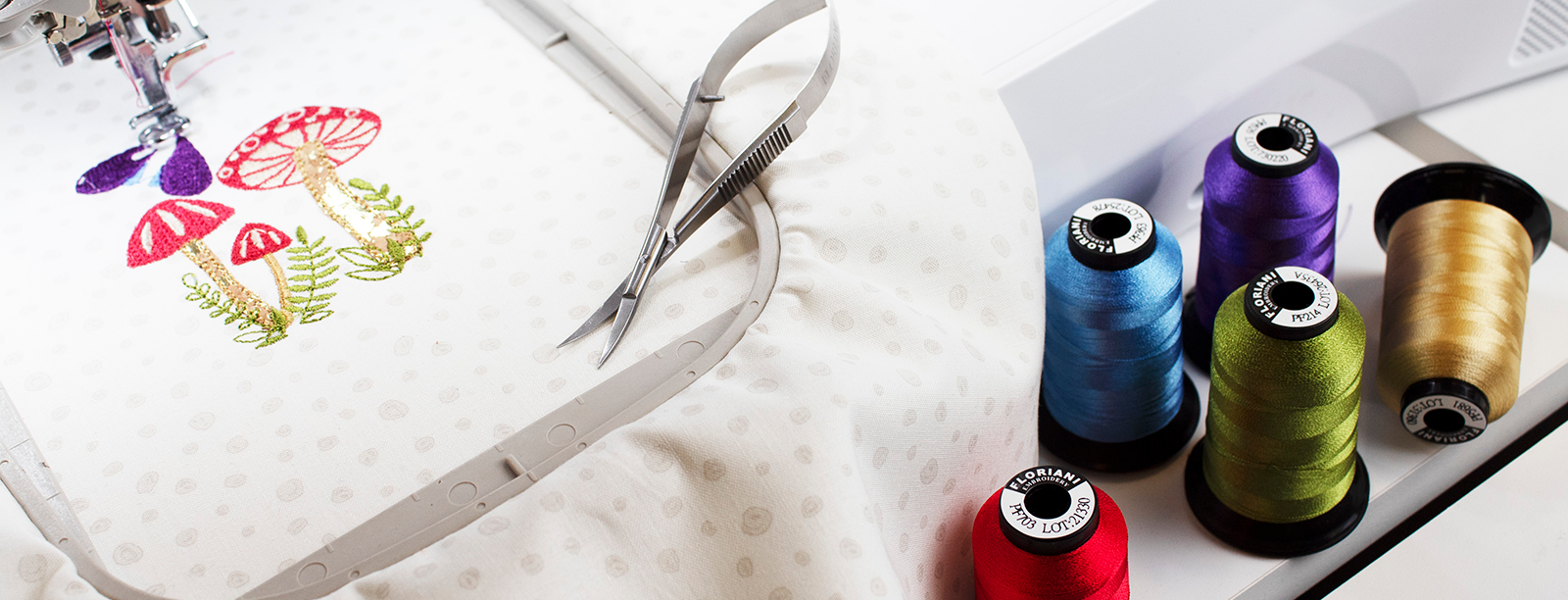
Fuzzy Dice
4 different variations of the fuzzy dice made using embroidery…

Foto Booth Props
CD Includes: 14 fun machine appliqué designs for the 8” x…

Fire Away
CD Includes: 8 fun machine appliqué designs for the 5” x…

Espadrille Fabric Couture
4 machine embroidery files to make 7 different designs with…

Emoji Pillow Palz
Create these fun pillows to let the world know how…

Curlz Alphabet
The Curlz Alphabet comes in three different sizes: 50mm Padded…

Cup of Tea
8 machine embroidery designs for the 5" x 7" embroidery…

Crazy Plant Lady
This adorable potted succulent plant hanger is a great way…

Crazy Cat Lady
CD includes: In-the-hoop cat mat project (8” x 12”), 15…

Christmas Redwork
CD Includes: 14 Redwork Christmas designs for the 5" x 7"…

Chalkboard Sketch
CD Includes: 14 embroidery designs for the 5"x7" embroidery hoop. Each…

Catch All Cubes
CD Includes: 6 in-the-hoop quilted blocks and sewing pattern directions.…
